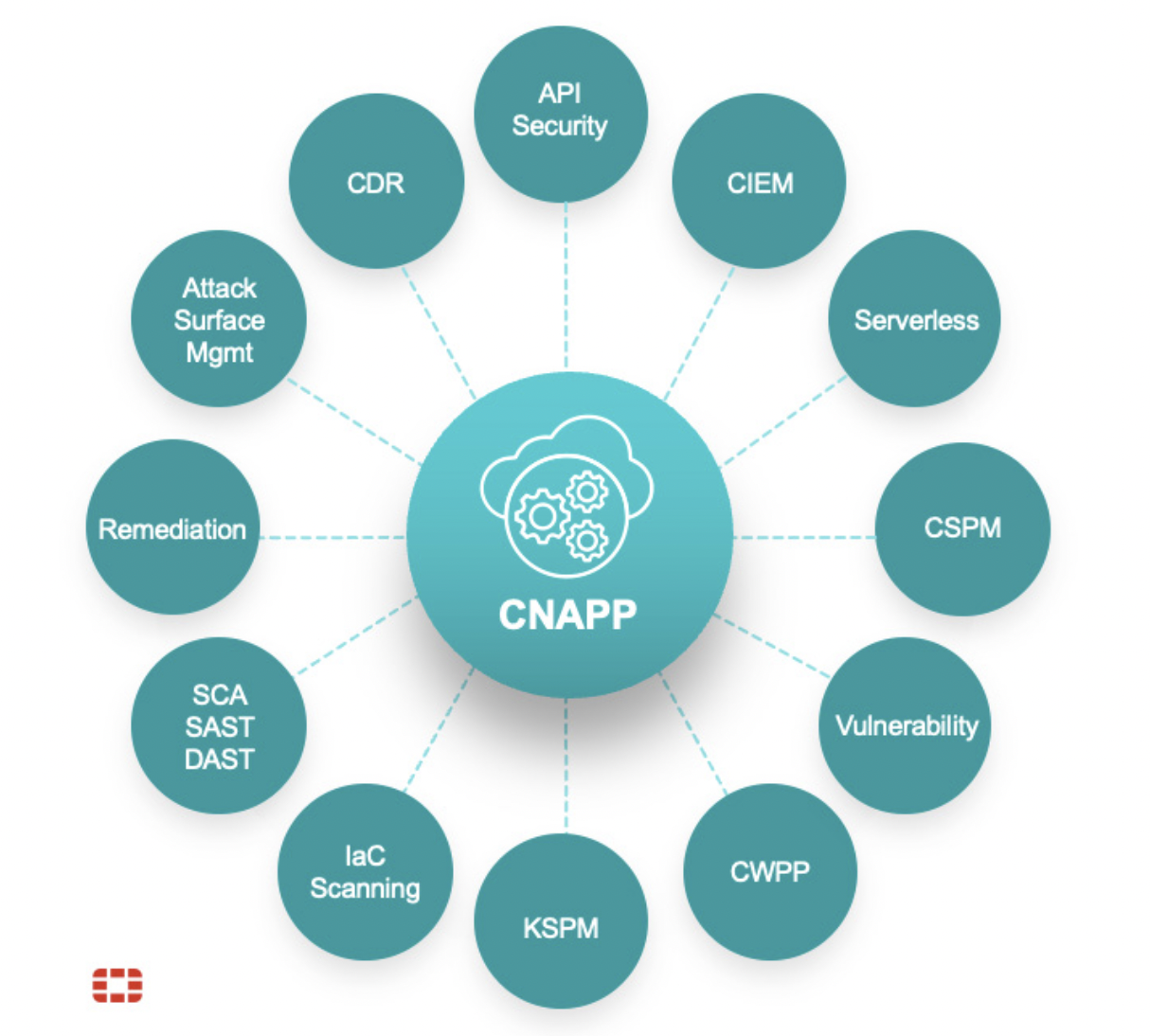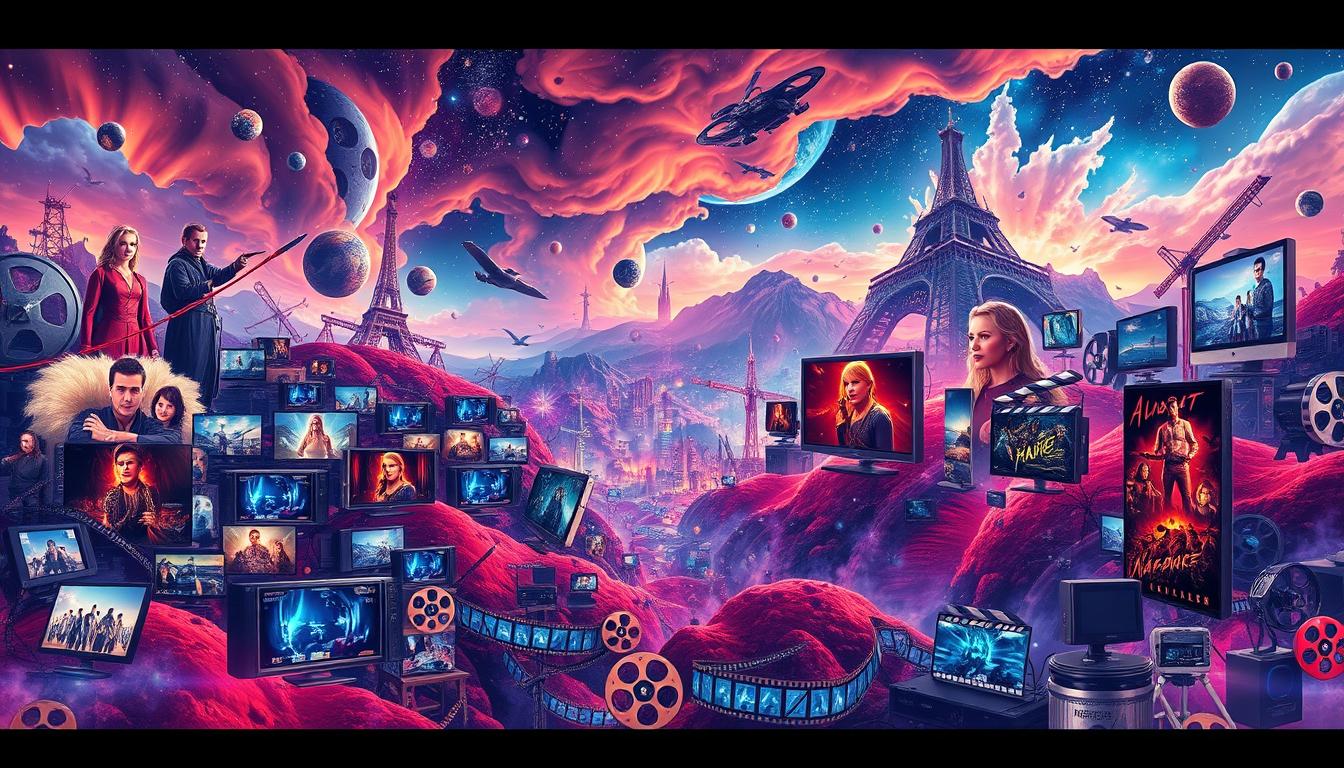Tell me a bit about where you grew up & what your upbringing was like.
I grew up just east of Toronto, Ontario in Canada. My family and I lived further away from town on one of the Great Lakes, Lake Ontario, so I had a kind of remote and scenic upbringing. My father is a psychologist and my mother is a psychotherapist, so in addition to growing up on the water, almost always by myself or with my sister, I also had a very reflective upbringing. Problems and behaviors were always discussed and analyzed, we never went to bed angry, and we generally always sought out deeper truths about who we are and why we do the things we do. I played a lot of Barbies and imaginary games, looked at a lot of bugs and curious creatures very closely, had lots of cats and dogs, and made drawings all the time.
What about the career of an artist attracted you to pursue it professionally?
I have always been an artist really. It never felt like much of a choice. Since as far back as I can remember I have been losing hours and hours to drawing, it’s just something I always did and loved doing. My parents recognized this in me from a young age, and provided me with many opportunities to nurture this talent or tendency. So really what attracted me to it was the making of art, especially drawing, and how fulfilling it has always been for me. Then knowing that this was my passion made it necessary for me to figure out how to make it my career. And I’m still trying to figure it out.
At what moment did you discover this passion for the internal relationship identity?
I think having psychotherapist parents probably started me on this track. I do spend a lot of time analyzing my own behaviours and desires, and trying to figure out those of other people. I think in the third or fourth year of my undergraduate degree, I began doing a lot of self portraits with multiple
selves, interacting and in dissonance with each other. This thinking was influenced by my readings in philosophy at the time, as I was pursuing a dual degree. I was most influenced by existential literature like Camus, Satre and Simone de Beauvoir; some older Epistemological philosophers like Decartes and Montaigne, also some more recent Post-modern and contemporary work by Leotard and Kristine Korsgaard. These readings furthered an interest that was already there, and gave me tools and insights to better discuss or represent the internal struggle within the self and the relationships we have with our own identities.
I think, that in relationships and our relationships with ourselves, everything we do is based around the need to love, be loved, and maintain a sense of self; to create a coherent identity for ourselves. I think the piece I call “The Kiss” is the most simplified example of this idea. However, it is difficult to explain because, for the most part, my visual language is not a lexicon of symbols and meanings, nor are my paintings meant to be didactic or have any one particular story. I like to pose images that elicit questions and unique readings from each individual viewer as they bring their own experiences and symbolism to the table.I will talk you though my reading of “The Kiss.” A female and male figure are drawn kissing on a soft grey paper. The drawing has been cut out and the couple has been split and placed apart from one another. Patterned silhouettes of themselves separate them. Of the four figures, the middle two are kissing and the rendered figures look as if they are trying to kiss but this other couple has moved in between them, so they cannot reach.
Your most recent work is done on paper. What drove this shift in surface? And why do you choose to group them together on separate pieces of paper?My work is often dictated by what feels right at the moment. Right now, the soft feel of Okawara paper, the way it holds my line and sort of makes the gouache hover, is just working for me. There’s something soft, introspective and sensitive about it that I like better than my attempts on canvas, muslin or panel and I think it’s more fitting to what I am trying to express content-wise. In the past, I have found that it is better to work with the material than to fight against what is working.
In looking at ways of creating non-specific narratives, I chose to group objects, people and patterns together to curate for the viewer little stories. I provide images in groups so that viewers can connect the dots and determine their own meanings.
The idea of the gap between objects and actions is also something that I am interested in on a philosophical level. As I mentioned in my Artist Statement, the allegory of the split between Pyramus and Thisbe is one version of this gap. A gap in consciousness uniting two people as they fall in love. In addition to this, in reading Lacan, I became very fascinated with his theory of “the gap.” To Lacan, the gap is a moment in our own consciousness where we are suddenly confronted by a hidden truth about ourselves. These two ideas, I think work together very well. The Pyramus and Thisbe split can be seen in “conversations by the fire;” there is a split between the Dan figures and Sarah figures. There is a fireplace and hearth between the two of them and each person is separated and a part of their own worlds. They are connected by this object in between, a meeting point in between microcosms to converse and connect. Lacanian Gap can be best seen in “The Bird and The Fries.” This is a grouping of 4 drawings, their connection a little less intuitive, so some detective work and storytelling is required of the viewer; A woman looks out to the right, there on separate pages are two patterns, one with flowers, pink and blue poppies, and one with a graphic cloud design; just beyond the clouds, is a basket of fries. Three of the drawings are connected by a California Quail—a ground dwelling bird—flying about. In my reading the scene is fragmented by various clips from memories, wall paper patterns, and desires. There is a photographic element which makes me feel like this string of events has happened in a split second and the female figure has encountered something about herself and her appetite.
The paper is crumpled and seems almost uncared for as if you are taking away the presumptive presentation that is usually used when presenting art. What do you hope that the viewer takes away from this type of presentation?
I would not say that my paper has been uncared for so much as it has been well-loved. In this body of work, I like the personality and imperfection that the paper brings. It is tangible and soft. If you look closely you can see drawing errors and erasures. I treated these drawings/paintings much like a favourite book that gets thrown in every bag taken with you wherever you go in case you get the chance to slip away and disappear into its pages. Since these works were so portable I took them everywhere I could, from my studio, to the beach, airplanes, or coffee shops. They became little worlds with stories that were slightly different each time I delved into them. This is a very personal experience, but I think that a sensitive viewer often picks up on this kind of energy. I guess I am asking them to weave the feel of the drawings, the softness of the paper and colour, the wrinkles and sense of history in the line-work, together with content and imagery.
From what I have gathered, a lot of this work is about your own personal struggle. How has your work changed or shifted since getting married?
My work had been mainly centered around investigating my own psyche and my own relationship with my various selves. After getting married, or maybe just maturing a little more, I became less self focused and expanded my psychological observations to relationships. Every relationship is unique and comes with their own set of joys and struggles, and every relationship takes work. Although I have been hearing this my whole life, I think I began to realize or see this more after getting married. In a partnership you always have to look out for the needs of your significant other, while you also have to take care of yourself, and make sure your needs are being met too. It’s easy for me to lose myself in my relationship and I can sometimes forget who I am on my own. Love is a circle of creation, destruction and rebuilding in terms of how we construct our notions of self identity. I think navigating this rollercoaster, letting yourself get lost so that you can find yourself again, perhaps with greater understanding, is part of the struggle which makes life so interesting. Getting married opened my eyes to this, and my work has shifted more into an investigation of self through my relationship with my husband, and has also expanded to my relationships with and between others.
I’m an artist who regularly addresses and talks about socio-economic class within art. After looking at your work at length, I can’t help but notice many visual signifiers of upper-class and wealth within your work. The quail, which is a game bird historically hunted by the elite classes. Wallpaper, an expensive or upper middle class interior wall decorator and repeat imagery of a “traditional” relationship. Since, I didn’t notice anything addressing these motifs within your texts, I’m left wondering what your thoughts are about them. What do these items signify for you? Are you intentional in your dissection of a particular life status in regards to the “human struggle of love” or have you thought about your class and privilege in relationship to the kind of work you make?
My content is inspired by my daily life and conflicts and questions that arise, as well as from my readings in philosophy, literature and film—which I naturally interpret through a lens of my own perspective as the information relates to my life and experience. Although listening to the stories of others is deeply interesting to me, I don’t feel comfortable taking anyone else’s point of view. My work is often inspired by what I learn from others and the emotional connections and comparisons that I make. It is not meant to promote one way of life over any other and I hope that my work is relatable on a broader interpersonal and conversational level.Have you ever considered extending your study of love and sense of self to other social-economical systems outside of your own, or other relationships that you see within your community? Either through social practice or engagement?
With my drawings and paintings, I’m currently working to tell my own story about insights and feelings that arise in my psyche. Though I realize it’s impossible to make art for absolutely everyone, I hope my drawings are relatable to all people, in any relationship, and any class system. That being said, my work is constantly evolving and much like my materials, it is dictated by what feels right to me. My work gains direction and momentum when I listen and observe myself and my decision making process. I look internally for inspiration and sometimes that manifests externally.
I do love hearing the stories of others, and I am deeply inspired by them. I love learning about their lives, idiosyncrasies and family quirks. I enjoy hearing feedback on how people understand my art and the connections they make given their own upbringings and experiences. Many times when talking with my viewers or jurors I have been surprised by how my imagery can elicit very personal and intimate reactions; I have received unsolicited relationship advice, connected over shared bizarre thoughts, and have given and received genuine compassion with people who would otherwise be complete strangers. I also enjoy teaching and helping students figure out how to express their own stories and how to start listening to their inner selves by getting back in touch with emotive and sentient right-brain thinking. I definitely see myself continuing to make these connections with others wherever I go, and grow my understanding of love and the human struggle. I don’t think this kind of learning ever stops. I will just have to see where my curiosity takes me.
Can you tell me the significance of the floral-like wall paper that appears in many of your recent works?
Yes, the wallpaper was a motif I have been thinking of as personal history. I mentioned previously that wallpaper comes from houses that I remember from the past, and as representing the past. Wallpaper in Western culture began its life in the 16th century, although printed paper was applied to walls in Eastern cultures well prior. Made from silks and woven, hand painted fabrics, it was a luxury for wealthy nobles only. However, as advancements in textiles grew in the 17th and 18th centuries, wallpaper became much more common. Then with advancements in printing and the growth of the printing industry in the 19th and beginning of the 20th century, wallpaper became very affordable and extremely popular.
By the end of the 20th century, mid-century modern designers had favoured white walls and wallpaper became kitsch. It is true that today there is a high decor market for wallpaper, just like there is tiles, textiles and flooring. The patterns I am inspired by tend to be from the 1950s-1970s, mass produced, kitschy, and cheap. Where I grew up, Oshawa and Bowmanville, Ontario, there were a lot of older houses with these type of wallpaper. Thinking of my own upbringing, that of my husband, and our parents, their parents etc., I began thinking of the kinds of patterns that lined their everyday lives. Wallpaper became a domestic symbol for the thought patterns we develop in our inner worlds, influenced by our families, and carried in our new relationships.
What draws you to working with wallpaper imagery?
I like the metaphor that wallpaper has for me. Wallpaper symbolizes the thought patterns that dictate our decision making process in such things as our actions, relationships and self images. The organic forms of plants represent the organic nature of thought, how ideas blossom and bloom in a kind of chain reaction. I hand draw all the patterns so that they are imperfect, just as our thoughts are as we string together meanings and try to understand our realities. The repetition of the pattern represents the networks of meanings, experiences and emotions that make up our inner psyches.
What do you hope the viewer walks away with after seeing your work?
I hope that viewer’s approach my art with an open mind and their own set of signifiers, and that they walk away with their own understanding of the “meaning” of the piece. I hope the viewing experience is pleasant, and even better if it can inspire self reflection and creativity within that viewer.
As, I understand you are very busy. What do you have coming up this fall?
It has been a busy year, and I am very thankful for that! This fall I am showing my work in Santa Rosa at the City Council Chambers as my first solo show, and my first show in Sonoma County. The exhibition is called Thought Patterns and runs from September 27 to November 17. The opening reception will be on October 7th.
I will also be in a show in Kingston, New York, called Collectively Searching, at ARTBAR Gallery in November. I am excited to be showing my work with two inspiring New York artists Madison LaValle, and Amanda Mathis. The show is curated by a brilliant woman and good friend of mine from SFAI, Elana Bernard. There will be an opening reception on November 5th.










